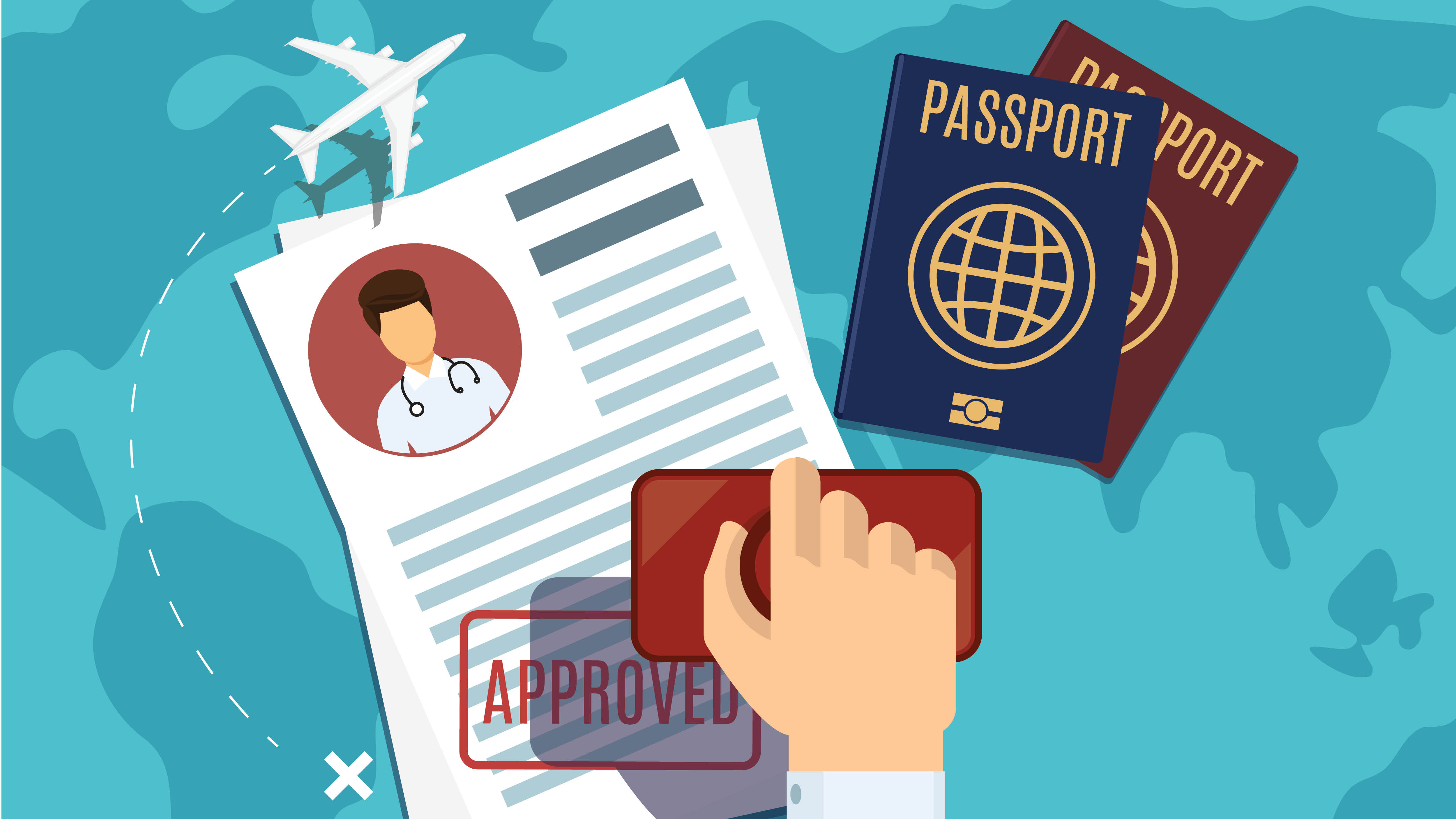
There are a host of ways you may recruit physicians for your openings. One of these is to help you fill your open position with a physician or surgeon who needs a waiver of their J-1 visa.
The U.S. issues J-1 visas to nonimmigrant research scholars, professors and exchange visitors in programs that promote cultural exchange. This includes medical training. According to the U.S. Department of State website, over 2,900 physicians obtained visas through the J-1 Exchange Visitor Program in 2019.
A J-1 visa normally includes a two-year home residency requirement; however, several waiver opportunities exist. One of those is through the U.S. Department of Health and Human Services Exchange Visitor Program.
The J-1 visa waiver program is available only for hard-to-fill positions and in locations where extensive recruiting has been done, and where no U.S. citizen or permanent resident has been willing to accept or is not qualified for the position. The benefit to a health care organization is that they will receive a well-trained physician who is also happy to obtain a position in the United States, allowing them to extend their stay.
You can recruit a physician through the HHS program if the physician is interested in research, or if they will deliver clinical care for three years in a mental health or primary care Health Professional Shortage Area (HPSA). In most situations, you will be seeking a clinical physician. In June 2020, HHS expanded its waiver program to include any facility, hospital or private practice.
When this is the case, there are certain rules involved, including:
This means if you’re seeking a pediatric subspecialist or an internal medicine subspecialist, you cannot hire a physician through this program in most situations. However, you will need to check with your immigration attorney to verify this.
If your location does not come up as an HPSA primary care, then you would not qualify unless your immigration attorney tells you differently. Here’s an example of what will pull up when you enter your address:
This means if all of the other rules are followed, your facility could qualify because it states that it is a primary care HPSA with a score of 9 and a Mental Health HPSA of 15.
Although J-1 visas and waivers aren’t related to loan repayments, the NHSC does use the HPSA guide to determine things like loans and locations. You can check out the NHSC site.
A huge bonus to going through the HHS program is that there’s no cap on the number of waivers available, unlike in the Conrad 30 program. Additionally, there are many other requirements you must go through as an employer. You can access more on the HHS program here.

Like Conrad 30, a physician can only have one pending petition or application at a time with the U.S. Department of State. For any potential applicant you’re thinking about interviewing, you must find out if they have a pending application in any program.
After your applicant successfully receives a recommendation under the HHS program:

We’re here to help!
Contact ProTeam@PracticeLink.com to discuss more solutions for your physician recruitment needs.

Michele Gutermuth